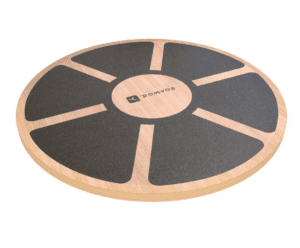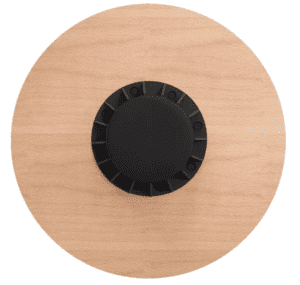At the very beginning, as my intention mentioned in my research for the final project, the experience conducted by my final project should be related to sociology or philosophy but which specific part to display was still undecided until I had a conversation with one of my friends. Due to her and her bestie’s separation, she exclaimed that people filling this society and the world are just river streams, which may have intersections and confluences but finally goes on their disparate ways. Inspired by her words, I started to design a frame for a dynamic art piece which mainly discloses the fact that in our daily lives, we’re gonna meet an enormous number of people, and they may gonna join your life track for a little while or a long time and you may strengthen yourself or lose something precious; but no matter what kind of interpersonal communication, they all leave us a treasurable experience, which I consider worthy exhibiting. The audience group, as far as I’m concerned, would be everyone who has ordinary social contact, which would rethink and rediscover their interpersonal lives in a brand new way after using my project.
To be further, one of my most significant goals is to make this project’s aims understood easily by my users and as I concluded from the experience of my midterm project, this point seems trivial but crucial. Therefore, the form of how the concept of “people” is carried would play an important role in achieving this goal. At first, I was thinking directly according to my friend’s words, which implies using river streams to denote people and confluences means interpersonal contact. But soon I realize that if you try to display the figure of river stream on Processing, it’s a little bit awkward for the fact that you can’t find a proper image and make it move like rivers’ flowing. Then I focused my thoughts on using particle, just like I said in the proposal; comparing to river streams, it seems much easier to construct particles and their trails than rivers. Then I had a conversation with Prof. Godoy, which enlightened me that even if I use particles as a symbol of people, the meaning that I try to convey would still be obscure and indirect. Moreover, the interaction factors outside the screen need to be improved as well. Then I asked that friend again for suggestions on how to make my project’s purpose clearer. The key advice I got is to build a stronger connection between things’ vehicle and essence.
Then the idea of using significant parts of the human body, which are related to socialization, occurred to me. Using elements like hands, eyes, footprints or even a stick man would remarkably increase the possibility of users’ being able to recognize them. Instead of showing the intersection of rivers or fusion of particles, simple actions having social meanings like hand-shaking, footsteps overlapping and eyes’ contact could denote people’s gathering and separating. Therefore, the basic plan for my project is clear. First I need to have a more determined decision of the symbol used. Then using OOP in Processing, I will build the image and make it move. After that, the algorithm controlling the symbols of random people generation would be written. Then, after the basic frame is done, I would introduce the interaction elements. Finally, I’m planning a simple user test among my friends to see whether I expressed my idea clearly.
According to my definition of interaction before, an interactive system should keep receiving input and sending outputs resulting from users’ input; besides, there should be strong connection between the input and output. Only in that way will a user realize the contained relations between their action and things project shows and furthermore, conveying the creator’s idea directly and clearly to him/her. That’s the approach I consider as a valid and efficient way to build an experience with the user. And I’m going to realize this goal by clarifying my work carefully and running user tests afterward.



